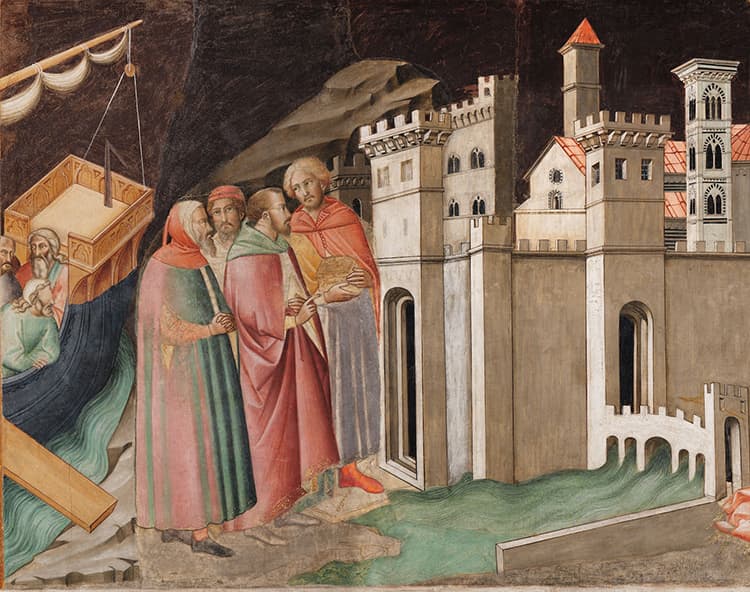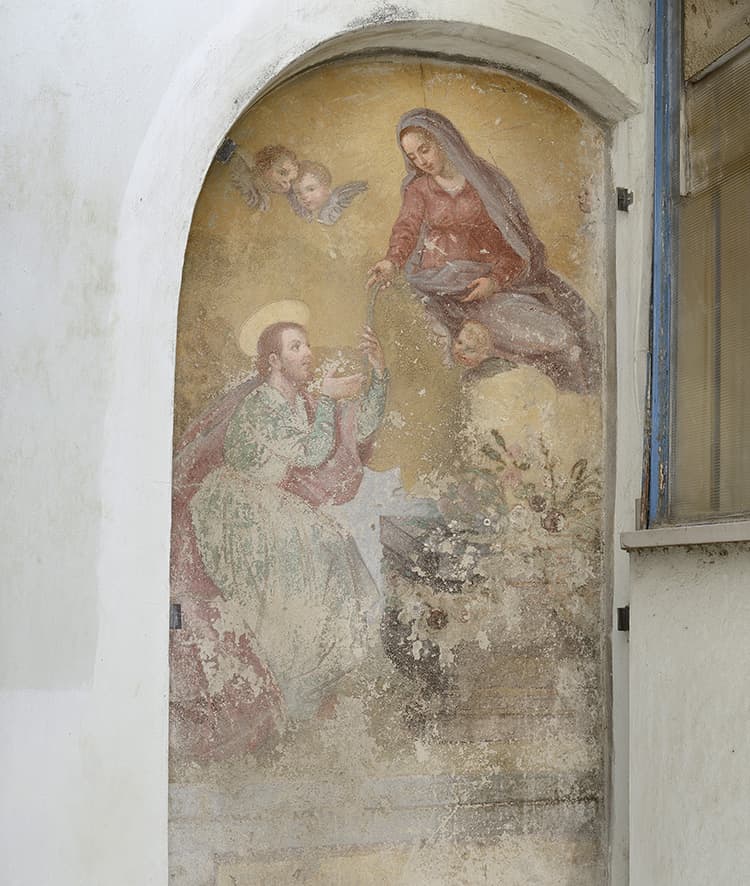The Holy Belt of Prato
Madonna's Belt, an important relic for the city of Prato and its fortunate history

The Holy Belt preserved in the Prato Cathedral is one of the most important Marian relics in existence and here we are going to share a little bit about its history and the traditions associated with it. The development of the city of Prato owes much to this famous relic, but what is a relic? Generally, the term identifies a preserved part of a saint's body, but over the centuries, personal objects belonging to holy figures have also acquired this definition. Brought to Prato by a merchant, it has been kept in the city's Cathedral since 1174. Since then, various healing miracles have been attributed to this relic, making it the subject of continuous pilgrimages. Tradition also holds that the city has consequently benefited from it economically and has received "protection," with various city chronicles reporting miraculous events related to it.

In 1350, it was decreed that the belt be kept in a chest at the baptistery, and for its protection, three keys were forged; one key was entrusted to the chapter and the other two to the municipality. Even today, the ceremony for the Exhibition of the Belt requires the presence of the mayor and the highest authority of the city's curia (since 1954, the bishop) to open the precious reliquary. Construction began on the new Chapel of the Sacred Belt towards the end of the 1300s, it was later frescoed by Agnolo Gaddi with scenes depicting the Story of the Virgin Mary and the Belt itself. The beautiful statue adorning the altar, representing the Madonna with Child, is by Giovanni Pisano. Subsequently, the new facade, the external pulpit executed by Michelozzo and Donatello between 1428/38, was completed. From this pulpit, the belt is still shown to the faithful today, as well as from the internal terrace with the splendid and precious bronze railing by Maso di Bartolomeo, a collaborator of Donatello.

The precious relic of the Madonna is shown to the public five times a year: Christmas, Easter, May 1st, August 15th, and at the end of the Historical Parade on September 8th. In Pratese tradition, the first 12 days of September represented a moment of religious and civic celebration, including a livestock fair and a large open-air market. An event that attracted pilgrims and tourists from various parts of the region and beyond. Until the last century, the holy belt was carried in procession throughout the city. In various locations even outside the walls, there were tabernacles inviting reflection and prayer.

In the current inner courtyard (which was probably previously in an open space) of the Mattei Biscuit Factory in Via Ricasoli in Prato, there is a large, frescoed tabernacle depicting the Madonna giving the sacred belt to Saint Thomas. There is no doubt that it is the Prato belt, recognizable by its green colour, as represented in Filippo Lippi's painting preserved in the Palazzo Pretorio Museum.
Antonio Mattei was very devout, as were our grandfather Ernesto and our father Paolo. We like to think, well actually we are certain, that this sacred representation has protected our business, the biscuit factory, throughout these years, indeed centuries, and all those who have worked here. This is why soon; we will begin an important restoration work that will lead to other initiatives which we will be happy to share with you in the future… so keep reading our stories!
Letizia Pandolfini